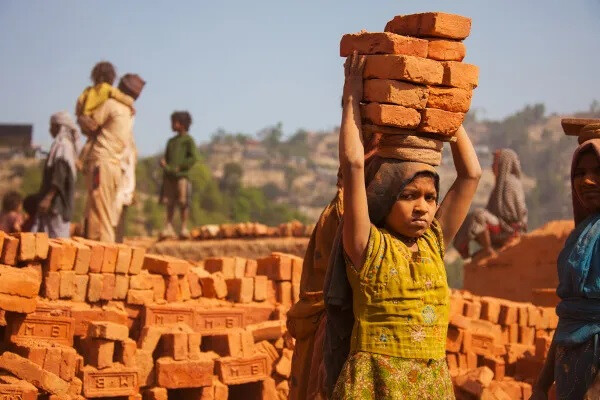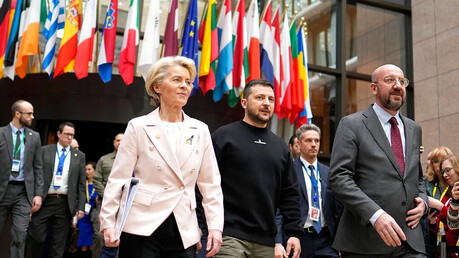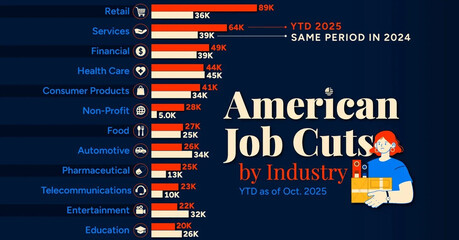
BRASILIA — The issue of child labor in Brazil is showing significant improvement. According to the "Continuous National Household Sample Survey (Pnad Contínua)," a special survey released by the Brazilian Institute of Geography and Statistics (IBGE), the number of children and adolescents engaged in activities classified as the 'Worst Forms of Child Labor' (Lista TIP) reached a record low of 560,000 as of 2024. This represents a 39% decrease compared to 919,000 eight years ago in 2016.
This downward trend has continued steadily since the survey began in 2016. A particularly sharp drop of 22.7% was observed between 2022 and 2023, and an additional 5% decrease was confirmed compared to 2023 (590,000). The continuous improvement has been maintained, with the exception of 2020 and 2021 when the survey was suspended due to the COVID-19 pandemic.
What are the 'Worst Forms of Child Labor'?
Lista TIP is a list defined by the International Labour Organization (ILO) Convention No. 182, which includes dangerous working environments that can cause physical and mental harm to minors, such as sawmills, mining, sewage systems, and slaughterhouses. These activities carry a very high risk of causing serious injuries like fractures, amputations, and poisoning.
Child Labor Reality in Brazil, as Seen in the Data
According to IBGE's analysis, out of the 560,000 people engaged in the worst forms of child labor, 60% (336,000) are adolescents aged 16-17. Children aged 5-13 account for 12%, and those aged 14-15 for 28%. Additionally, Black and mixed-race individuals, who represent a higher proportion of the population, were disproportionately represented in the worst forms of child labor (67.1%), and males (74.4%) were overwhelmingly more numerous than females.
The Double Burden of Low Wages and Unfavorable Conditions
As of 2024, the average monthly income for children and adolescents engaged in the worst forms of child labor was 789 reais (approximately 160 USD), which is lower than that of young people of the same age engaged in general economic activities (1,083 reais, approximately 220 USD). Gustavo Geaquinto Pontes, an analyst at IBGE, pointed out, "They are in a double disadvantage, not only being in dangerous environments but also earning low incomes."
Positive Changes in Adolescent Employment
The total child labor population was estimated at 1.65 million in 2024. However, for adolescents aged 16-17, positive changes in employment conditions are being observed. Among the 1.09 million economically active people in this age group, the rate of informal employment reached a record low of 69.4%. This is a significant improvement compared to 76.3% in 2022. According to Brazilian law, labor for adolescents aged 16-17 is only permitted for legal jobs through formal contracts, and hazardous or dangerous nighttime activities are prohibited.
[Copyright (c) Global Economic Times. All Rights Reserved.]




























